中央媒体走基层|《中国日报》Yunnan sprouting into nation's 'vegetable basket'


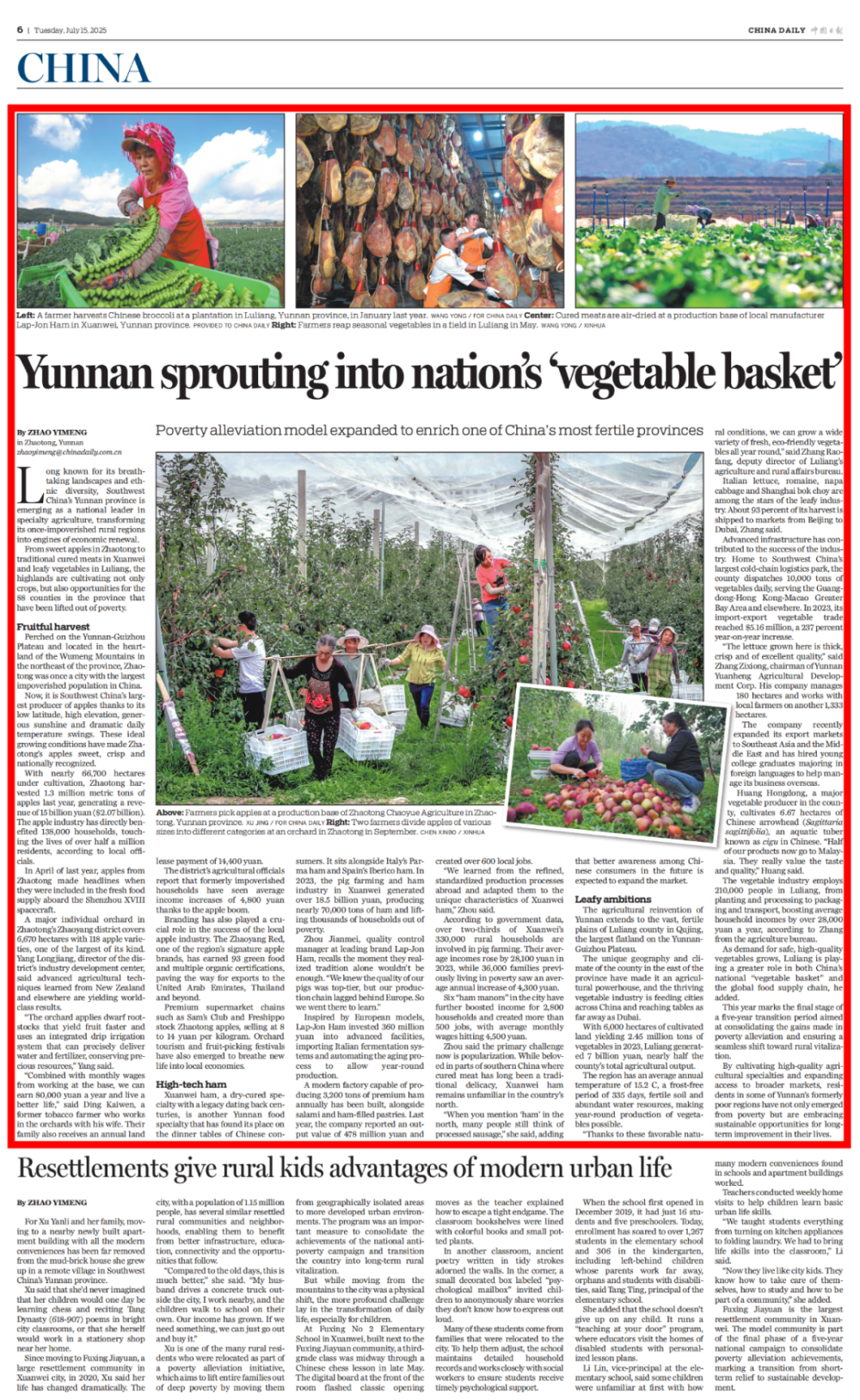
Yunnan sprouting into nation's 'vegetable basket'
Poverty alleviation model expanded to enrich one of China's most fertile provinces
Long known for its breathtaking landscapes and ethnic diversity, Southwest China's Yunnan province is emerging as a national leader in specialty agriculture, transforming its once-impoverished rural regions into engines of economic renewal.
From sweet apples in Zhaotong to traditional cured meats in Xuanwei and leafy vegetables in Luliang, the highlands are cultivating not only crops, but also opportunities for the 88 counties in the province that have been lifted out of poverty.
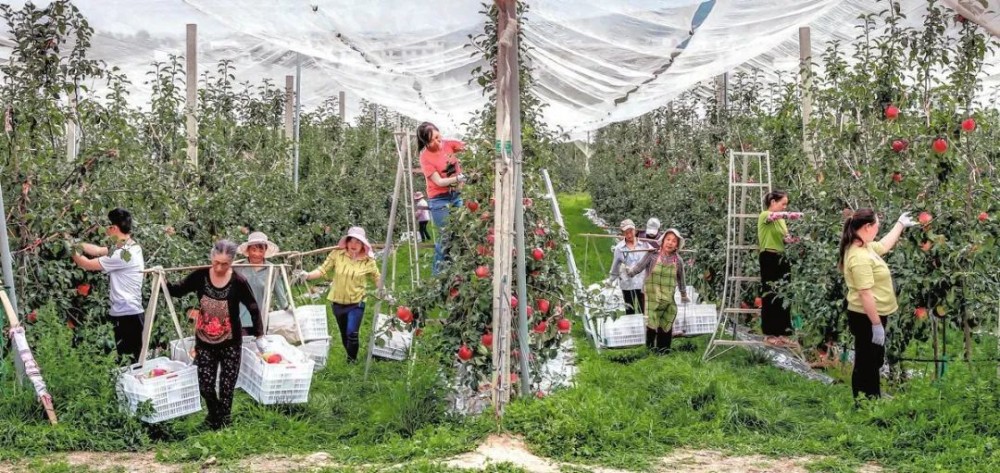
Farmers pick apples at a production base of Zhaotong Chaoyue Agriculture in Zhao tong, Yunnan province. XU JING/FOR CHINA DAILY
Fruitful harvest
Perched on the Yunnan-Guizhou Plateau and located in the heartland of the Wumeng Mountains in the northeast of the province, Zhaotong was once a city with the largest impoverished population in China.
Now, it is Southwest China's largest producer of apples thanks to its low latitude, high elevation, generous sunshine and dramatic daily temperature swings. These ideal growing conditions have made Zhaotong's apples sweet, crisp and nationally recognized.
With nearly 66,700 hectares under cultivation, Zhaotong harvested 1.3 million metric tons of apples last year, generating a revenue of 15 billion yuan ($2.07 billion). The apple industry has directly benefited 138,000 households, touching the lives of over half a million residents, according to local officials.
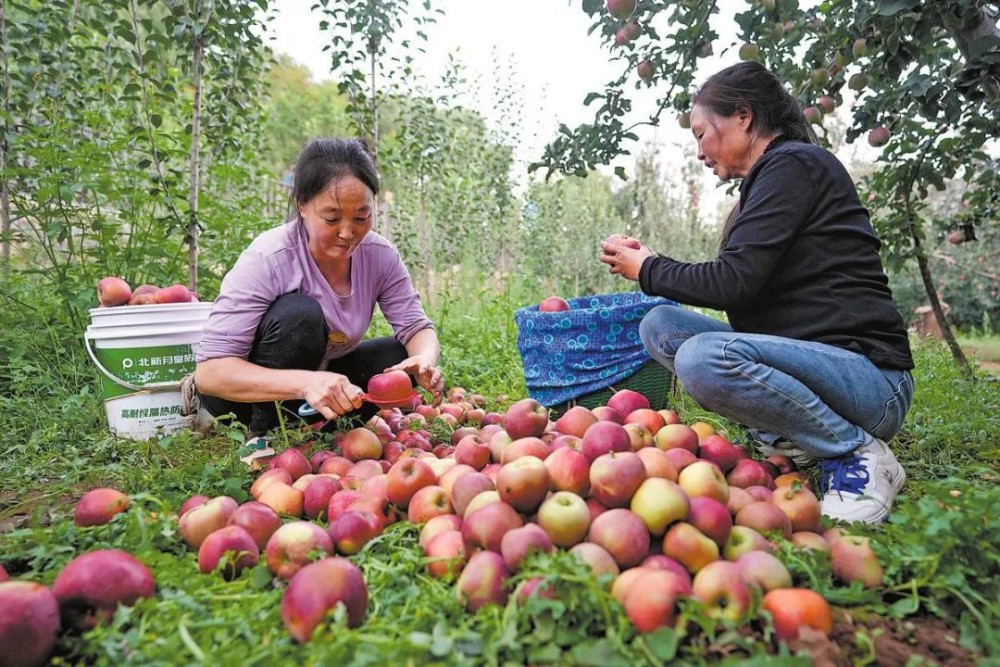
Two farmers divide apples of various sizes into different categories at an orchard in Zhaotong in September. CHEN XINBO/XINHUA
In April of last year, apples from Zhaotong made headlines when they were included in the fresh food supply aboard the Shenzhou XVIII spacecraft.
A major individual orchard in Zhaotong's Zhaoyang district covers 6,670 hectares with 118 apple varieties, one of the largest of its kind. Yang Longjiang, director of the district's industry development center, said advanced agricultural techniques learned from New Zealand and elsewhere are yielding world-class results.
"The orchard applies dwarf root-stocks that yield fruit faster and uses an integrated drip irrigation system that can precisely deliver water and fertilizer, conserving precious resources," Yang said.
"Combined with monthly wages from working at the base, we can earn 80,000 yuan a year and live a better life," said Ding Kaiwen, a former tobacco farmer who works in the orchards with his wife. Their family also receives an annual land lease payment of 14,400 yuan.
The district's agricultural officials report that formerly impoverished households have seen average income increases of 4,800 yuan thanks to the apple boom.
Branding has also played a crucial role in the success of the local apple industry. The Zhaoyang Red, one of the region's signature apple brands, has earned 93 green food and multiple organic certifications, paving the way for exports to the United Arab Emirates, Thailand and beyond.
Premium supermarket chains such as Sam's Club and Freshippo stock Zhaotong apples, selling at 8 to 14 yuan per kilogram. Orchard tourism and fruit-picking festivals have also emerged to breathe new life into local economies.
High-tech ham
Xuanwei ham, a dry-cured specialty with a legacy dating back centuries, is another Yunnan food specialty that has found its place on the dinner tables of Chinese consumers. It sits alongside Italy's Parma ham and Spain's Iberico ham. In 2023, the pig farming and ham industry in Xuanwei generated over 18.5 billion yuan, producing nearly 70,000 tons of ham and lifting thousands of households out of poverty.
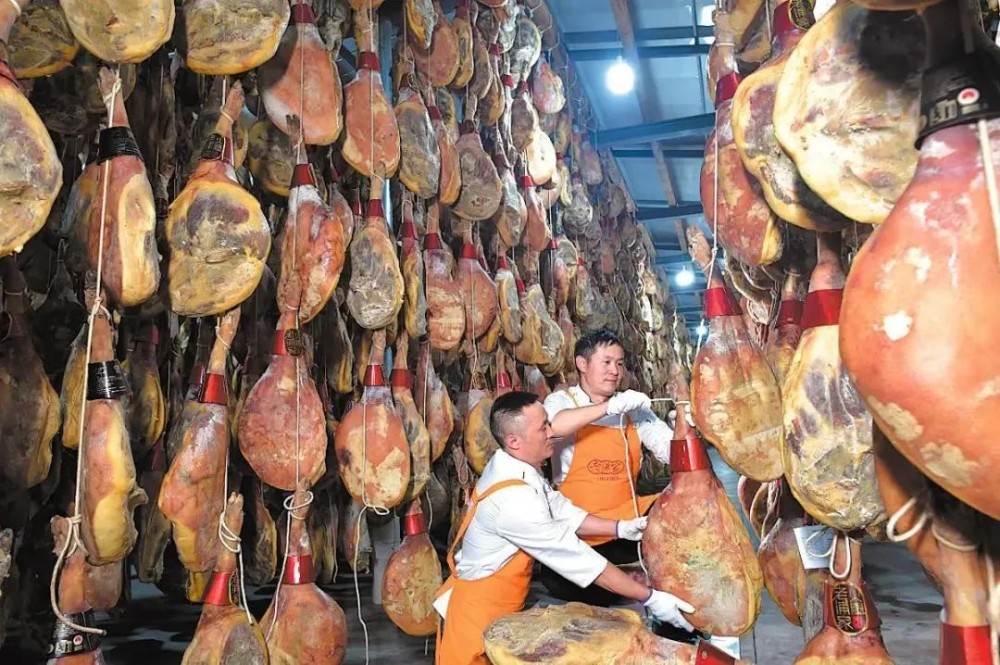
Cured meats are air-dried at a production base of local manufacturer Lap-Jon Ham in Xuanwei, Yunnan province. [Photo provided to CHINA DAILY]
Zhou Jianmei, quality control manager at leading brand Lap-Jon Ham, recalls the moment they realized tradition alone wouldn't be enough. "We knew the quality of our pigs was top-tier, but our production chain lagged behind Europe. So we went there to learn."
Inspired by European models, Lap-Jon Ham invested 360 million yuan into advanced facilities, importing Italian fermentation systems and automating the aging process to allow year-round production.
A modern factory capable of producing 3,200 tons of premium ham annually has been built, alongside salami and ham-filled pastries. Last year, the company reported an output value of 478 million yuan and created over 600 local jobs.
"We learned from the refined, standardized production processes abroad and adapted them to the unique characteristics of Xuanwei ham," Zhou said.
According to government data, over two-thirds of Xuanwei's 330,000 rural households are involved in pig farming. Their average incomes rose by 28,100 yuan in 2023, while 36,000 families previously living in poverty saw an average annual increase of 4,300 yuan.
Six "ham manors" in the city have further boosted income for 2,800 households and created more than 500 jobs, with average monthly wages hitting 4,500 yuan.
Zhou said the primary challenge now is popularization. While beloved in parts of southern China where cured meat has long been a traditional delicacy, Xuanwei ham remains unfamiliar in the country's north.
"When you mention 'ham' in the north, many people still think of processed sausage," she said, adding that better awareness among Chinese consumers in the future is expected to expand the market.
Leafy ambitions
The agricultural reinvention of Yunnan extends to the vast, fertile plains of Luliang county in Qujing, the largest flatland on the Yunnan-Guizhou Plateau.
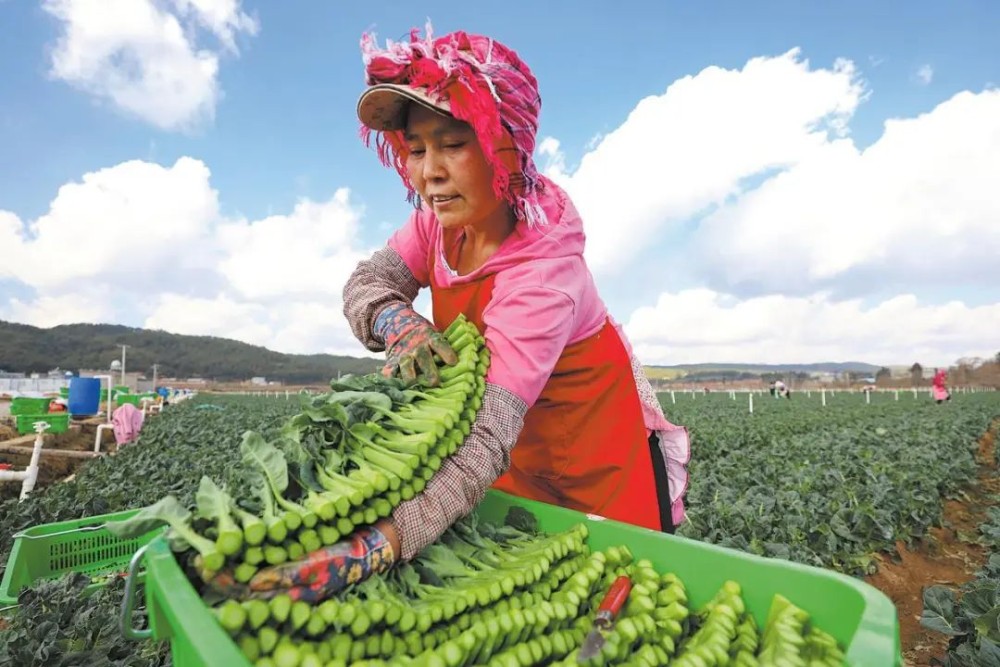
A farmer harvests Chinese broccoli at a plantation in Luliang, Yunnan province, in January last year. WANG YONG/FOR CHINA DAILY
The unique geography and climate of the county in the east of the province have made it an agricultural powerhouse, and the thriving vegetable industry is feeding cities across China and reaching tables as far away as Dubai.
With 6,000 hectares of cultivated land yielding 2.45 million tons of vegetables in 2023, Luliang generated 7 billion yuan, nearly half the county's total agricultural output.
The region has an average annual temperature of 15.2 C, a frost-free period of 335 days, fertile soil and abundant water resources, making year-round production of vegetables possible.
"Thanks to these favorable natural conditions, we can grow a wide variety of fresh, eco-friendly vegetables all year round," said Zhang Raofang, deputy director of Luliang's agriculture and rural affairs bureau.
Italian lettuce, romaine, napa cabbage and Shanghai bok choy are among the stars of the leafy industry. About 93 percent of its harvest is shipped to markets from Beijing to Dubai, Zhang said.
Advanced infrastructure has contributed to the success of the industry. Home to Southwest China's largest cold-chain logistics park, the county dispatches 10,000 tons of vegetables daily, serving the Guangdong-Hong Kong-Macao Greater Bay Area and elsewhere. In 2023, its import-export vegetable trade reached $5.16 million, a 237 percent year-on-year increase.
"The lettuce grown here is thick, crisp and of excellent quality," said Zhang Zixiong, chairman of Yunnan Yuanheng Agricultural Development Corp. His company manages 180 hectares and works with local farmers on another 1,333 hectares.
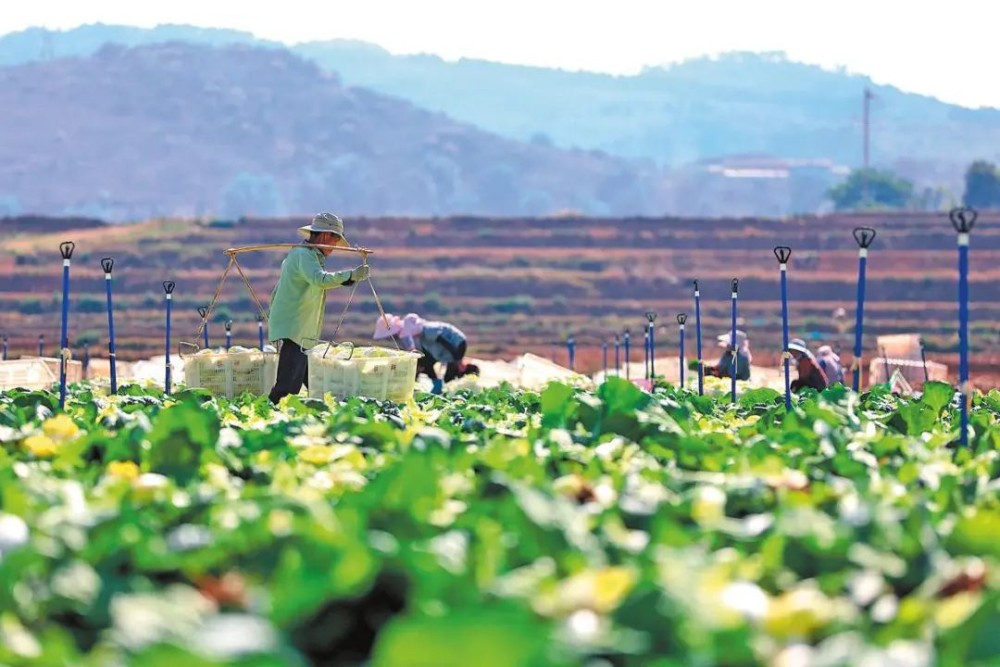
Farmers reap seasonal vegetables in a field in Luliang in May. WANG YONG/XINHUA
The company recently expanded its export markets to Southeast Asia and the Middle East and has hired young college graduates majoring in foreign languages to help manage its business overseas.
Huang Hongdong, a major vegetable producer in the county, cultivates 6.67 hectares of Chinese arrowhead (Sagittaria sagittifolia), an aquatic tuber known as cigu in Chinese. "Half of our products now go to Malaysia. They really value the taste and quality," Huang said.
The vegetable industry employs 210,000 people in Luliang, from planting and processing to packaging and transport, boosting average household incomes by over 28,000 yuan a year, according to Zhang from the agriculture bureau.
As demand for safe, high-quality vegetables grows, Luliang is playing a greater role in both China's national "vegetable basket" and the global food supply chain, he added.
This year marks the final stage of a five-year transition period aimed at consolidating the gains made in poverty alleviation and ensuring a seamless shift toward rural vitalization.
By cultivating high-quality agricultural specialties and expanding access to broader markets, residents in some of Yunnan's formerly poor regions have not only emerged from poverty but are embracing sustainable opportunities for long-term improvement in their lives.
来源:中国日报
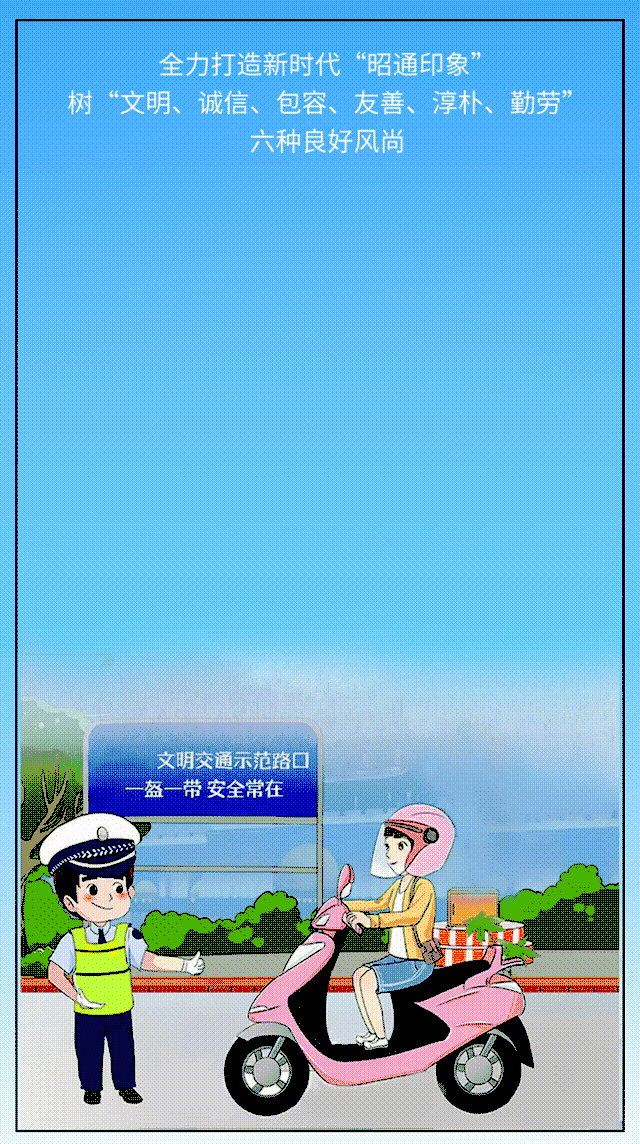
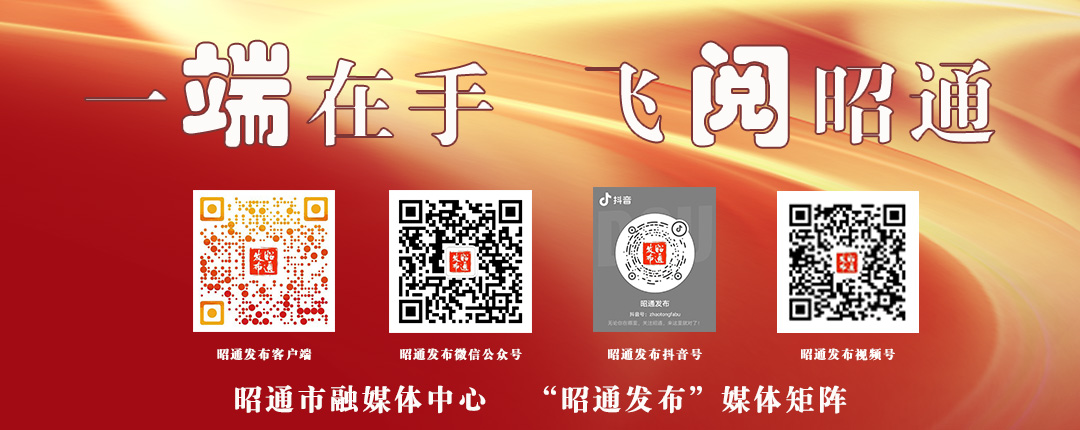
(责任编辑:娱乐)
-
 2025年4月16日,乌克兰部队的操作员进行地面作战机器人系统培训乌克兰信息社/图)据央视新闻报道,乌克兰第3独立突击旅近日通过“电报”软件发布消息称,在哈尔科夫地区,他们首次成功地仅凭无人机和自杀式
...[详细]
2025年4月16日,乌克兰部队的操作员进行地面作战机器人系统培训乌克兰信息社/图)据央视新闻报道,乌克兰第3独立突击旅近日通过“电报”软件发布消息称,在哈尔科夫地区,他们首次成功地仅凭无人机和自杀式
...[详细]
-
 韦德:今夏是否留公牛取决巴特勒 不想经历重建发布时间:2018-11-17 10:33 来源:豫都网 我要投稿[摘要]北京时间1月20日消息,来自ESPN的报道称,公牛队当家球星德维恩-韦德表态,今夏
...[详细]
韦德:今夏是否留公牛取决巴特勒 不想经历重建发布时间:2018-11-17 10:33 来源:豫都网 我要投稿[摘要]北京时间1月20日消息,来自ESPN的报道称,公牛队当家球星德维恩-韦德表态,今夏
...[详细]
-
 殖利率續降,原油跌,輝達創歷史新高。AI狂熱後,小心市場回歸現實莫迪慘勝,印度股市重挫ChatGPT當機同一天,員工聯名信警告AI風險您的閱讀篇數已達上限立刻訂閱全閱讀,即可享全站不限篇數閱讀
...[详细]
殖利率續降,原油跌,輝達創歷史新高。AI狂熱後,小心市場回歸現實莫迪慘勝,印度股市重挫ChatGPT當機同一天,員工聯名信警告AI風險您的閱讀篇數已達上限立刻訂閱全閱讀,即可享全站不限篇數閱讀
...[详细]
-
 2024年度“百千万工程”考核:茂名市优秀!_南方+_南方plus5月29日,2025年省委农村工作会议暨深入实施“百县千镇万村高质量发展工程”推进会在广州召开,会上通报了2024年度广东省实施“百千
...[详细]
2024年度“百千万工程”考核:茂名市优秀!_南方+_南方plus5月29日,2025年省委农村工作会议暨深入实施“百县千镇万村高质量发展工程”推进会在广州召开,会上通报了2024年度广东省实施“百千
...[详细]
-
 投資股票時,常常聽到「本益比」這個指標,本益比是什麼?如何計算?本益比多少才算合理?《天下》整理本益比的概念、計算方式及應用,幫助你更懂如何利用本益比判斷個股價值。您的閱讀篇數已達上限立刻訂閱全閱讀,
...[详细]
投資股票時,常常聽到「本益比」這個指標,本益比是什麼?如何計算?本益比多少才算合理?《天下》整理本益比的概念、計算方式及應用,幫助你更懂如何利用本益比判斷個股價值。您的閱讀篇數已達上限立刻訂閱全閱讀,
...[详细]
-
以经典的 Stan Smith 为蓝本 这款纯白联名鞋质感满满
 从2021年底就开始流行的克莱因蓝,它因其净空旷使人迷失其中,被誉为一种理想之蓝。2022年即将流行蓝色和紫色的混合体,也就是长春花蓝,这个颜色是非常优雅和幽静的,而且充满了魅力。随着电影《芭比》的热
...[详细]
从2021年底就开始流行的克莱因蓝,它因其净空旷使人迷失其中,被誉为一种理想之蓝。2022年即将流行蓝色和紫色的混合体,也就是长春花蓝,这个颜色是非常优雅和幽静的,而且充满了魅力。随着电影《芭比》的热
...[详细]
-
 发布者:小宁 阅读次数:908发布时间:2023/10/31 9:02:53 秋风拂过,染红了枫叶,凉丝丝的气息在催促人们及时添衣的同时,也让不少消费者放弃了冰饮,转向常温或
...[详细]
发布者:小宁 阅读次数:908发布时间:2023/10/31 9:02:53 秋风拂过,染红了枫叶,凉丝丝的气息在催促人们及时添衣的同时,也让不少消费者放弃了冰饮,转向常温或
...[详细]
-
 进一步抓好招商引资!2018年河南各县市如何落实“政策”发布时间:2018-02-04 08:21 来源:豫都网 我要投稿[摘要]12月25日,省委经济工作会议召开,会议全面贯彻党的十九大精神,贯彻落
...[详细]
进一步抓好招商引资!2018年河南各县市如何落实“政策”发布时间:2018-02-04 08:21 来源:豫都网 我要投稿[摘要]12月25日,省委经济工作会议召开,会议全面贯彻党的十九大精神,贯彻落
...[详细]
-
 【建材网】10月18日上午,第41届中国佛山)国际陶瓷及卫浴博览交易会以下简称“第41届佛山陶博会”)在佛山国际会议展览中心展馆盛大开幕!来自柬埔寨、西班牙、菲律宾、俄罗斯、新
...[详细]
【建材网】10月18日上午,第41届中国佛山)国际陶瓷及卫浴博览交易会以下简称“第41届佛山陶博会”)在佛山国际会议展览中心展馆盛大开幕!来自柬埔寨、西班牙、菲律宾、俄罗斯、新
...[详细]
-
 国家卫生健康委新闻发言人表示,近日,我委关注到中日友好医院胸外科肖某被举报所引发的相关舆情。我委已成立调查组,坚持实事求是、客观公正原则,联合有关方面对事件涉及的肖某、董某及有关机构等进行认真调查核查
...[详细]
国家卫生健康委新闻发言人表示,近日,我委关注到中日友好医院胸外科肖某被举报所引发的相关舆情。我委已成立调查组,坚持实事求是、客观公正原则,联合有关方面对事件涉及的肖某、董某及有关机构等进行认真调查核查
...[详细]

 汉阴为新就业群体撑起高温“防护伞”
汉阴为新就业群体撑起高温“防护伞”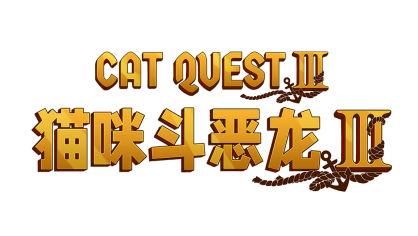 新篇章开启!《猫咪斗恶龙III》“酒馆奇谈”今日发布
新篇章开启!《猫咪斗恶龙III》“酒馆奇谈”今日发布 2018年高考大纲公布 看看名师团送的备考“干货”
2018年高考大纲公布 看看名师团送的备考“干货” 不只巴菲特,大咖也在加碼買日本!日本還能投資嗎?|天下雜誌
不只巴菲特,大咖也在加碼買日本!日本還能投資嗎?|天下雜誌 “读书无用论”属不良信息:一份征求意见稿的认定与细化
“读书无用论”属不良信息:一份征求意见稿的认定与细化
